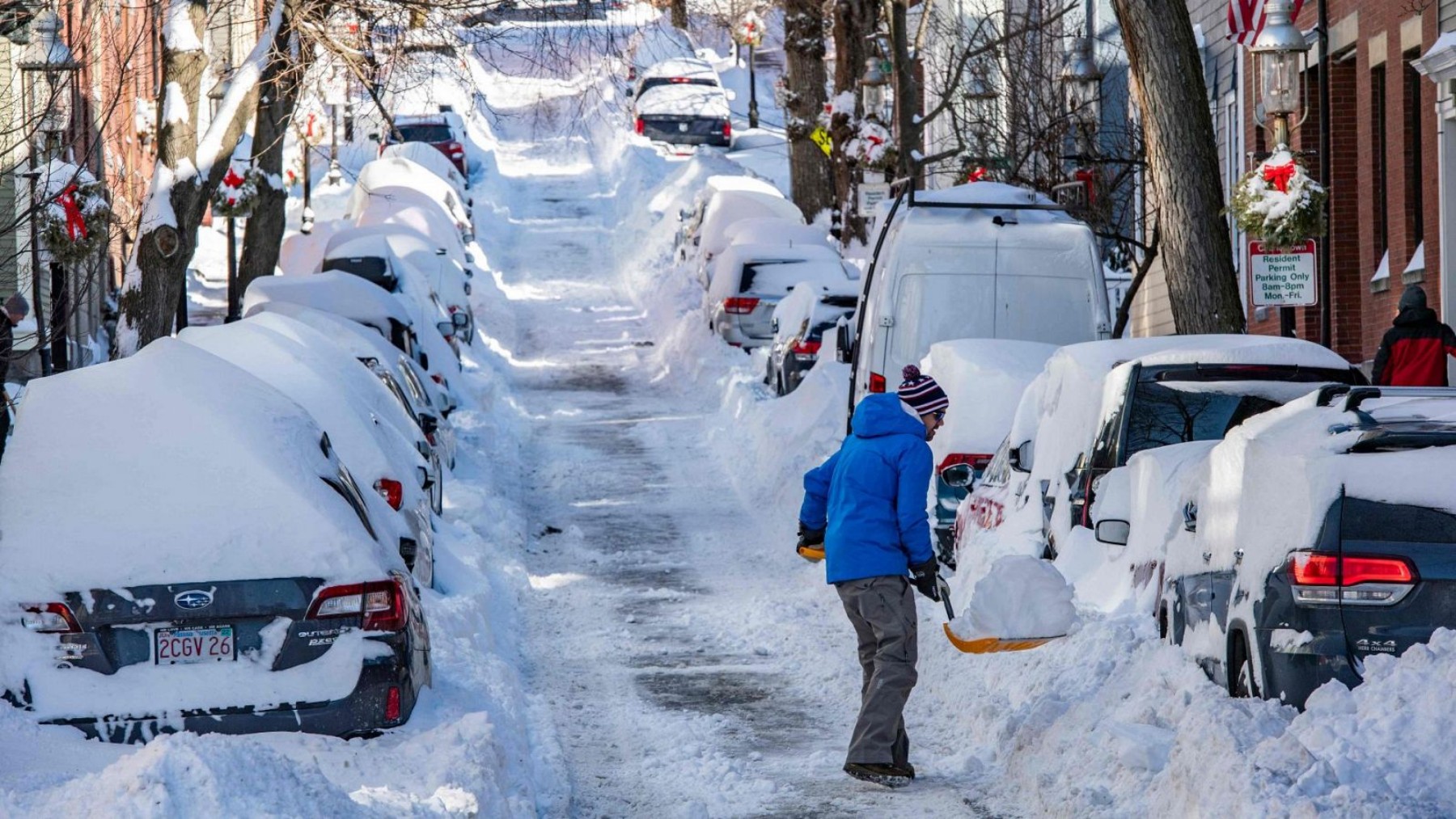It is undeniable that climate change is giving rise to increasingly frequent, virulent and destructive weather phenomena. In particular, storms are becoming less frequent but more aggressive, according to experts. Of particular concern are the Nor’easters, winter storms that form between September and April, caused by the collision of cold and warm air from the cold Arctic and the Atlantic Ocean. The so-called “Storm of the Century” is expected to be more destructive than Storm of the Century (1993) and Snowmageddon (2010).
According to the climatologist of the University of Pennsylvania, Michael E. Mann, the metropolitan areas of New York, Philadelphia and Boston are being affected by the increase of the sea temperature, which generates greater humidity and with it, greater rainfall. Meanwhile, Woodwell Climate Research Center senior scientist Jennifer Francis argues that preparedness is crucial to reduce the impact of the storm. In addition, an MIT climatologist, Judah Cohen, stated that just as climate change and the greenhouse effect are associated with somewhat milder winters, so too are frost and massive snow events.
Climate change and weather phenomena
Climate change and the greenhouse effect are becoming more and more evident all over the planet. Practically all continents have been affected by a rise in temperature, or by meteorological phenomena never seen before in those regions. The increase in global temperature also generates changes in the behavior of the climate, making it increasingly difficult to predict what our summers and winters will be like. In the case of the United States, frost, hurricanes, tornadoes, rains and storms are being the main characters.
According to data obtained by researchers after analyzing more than 900 storms over the past 85 years, the conclusions are revealing. The average wind speed in the Northeast has increased since 1940 by 6%, which is equivalent to a 20% increase in the destructive power of storms. The increase does not stop there, but precipitation has also increased by 10%, resulting in increased snowfall and flooding.
Storms of 1993, 2010 and storms of the future
Those who lived through them will never forget the two most devastating storms in the eastern United States. Storm of the Century (1993), which paralyzed much of the region, and Snowmageddon (2010), which left millions without power and buried entire cities. Will the storms of the future be more devastating than these? Researchers say yes. These are not just any storms, but Nor’easters. What are they? They are very intense storms that usually occur between the months of September and April. They arise due to the clash of air between the cold of the Arctic and the humidity of the Atlantic Ocean.
It is becoming more difficult to predict
According to the climatologist of the University of Pennsylvania, Dr. Michael Mann, the temperature of the seas increases and with it the evaporation that results in more snow and rain. According to him, the areas most affected by this event are Boston, Philadelphia and New York. Many scientists and experts have openly declared their concern for the future of meteorological phenomena. This is the case of Jennifer Francis, senior scientist at the Woodwell Climate Research Center, who places special emphasis on the preparation prior to the arrival of these phenomena.
She told CNN “Proactive preparation is less costly than recovery after a storm”. On the other hand, MIT climatologist Judah Cohen, warns that some may find it pleasant that the increase in the earth’s temperature will lead to winters with milder and less extreme temperatures. However, he clarifies that this does not have to be the case, and that this seasonal temperature change can also generate massive snow events and intense frosts that are practically impossible to predict in time.





